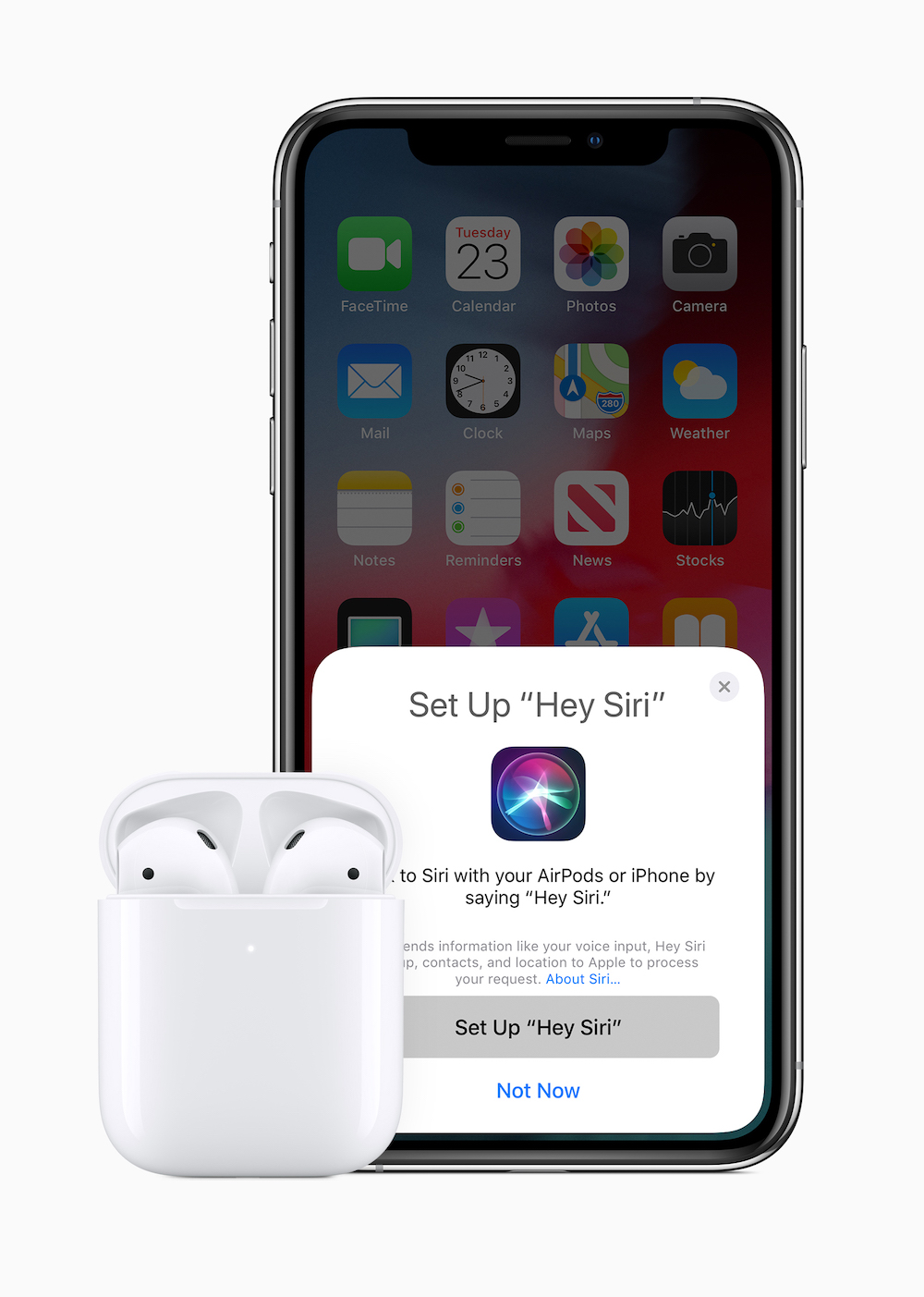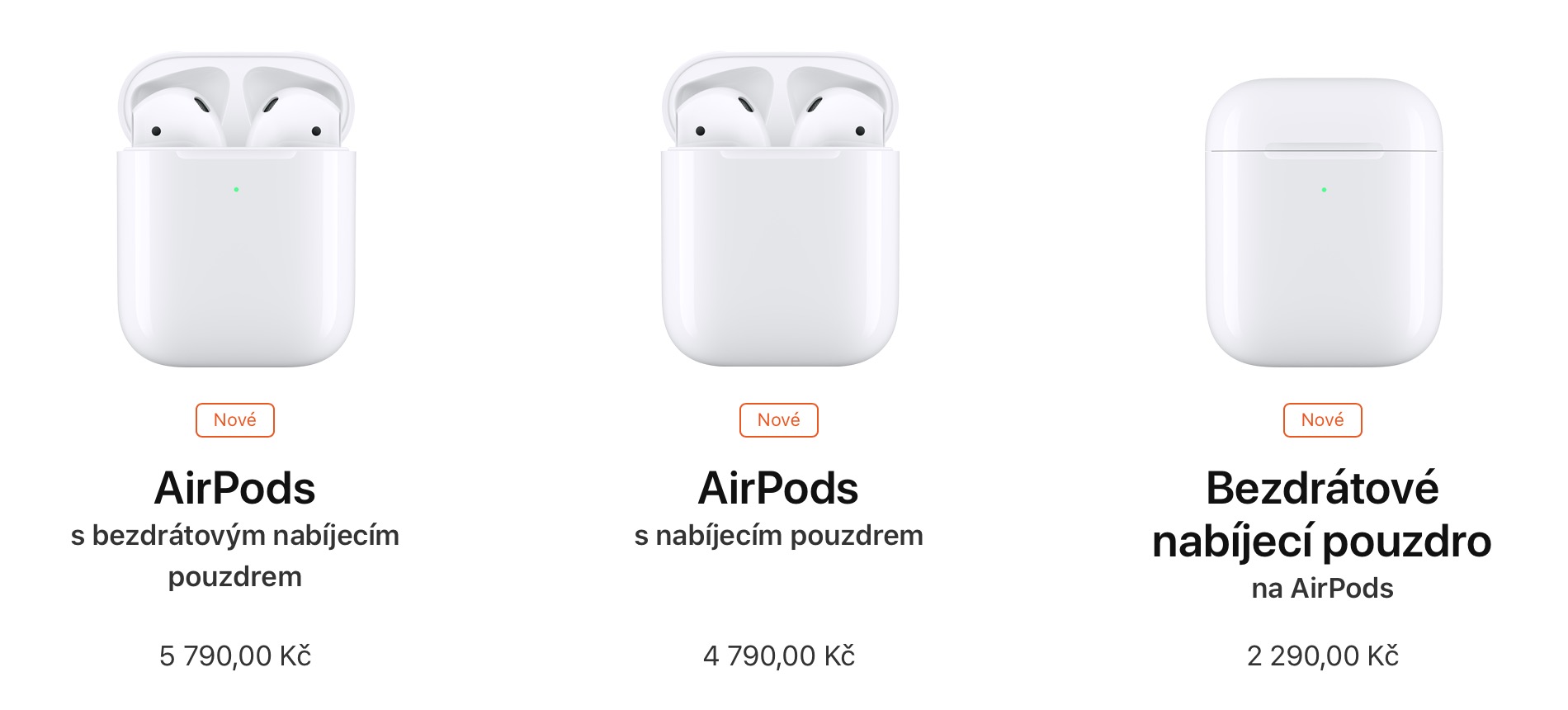The first generation of wireless AirPods from Apple was equipped with the Apple W1 wireless chip, which guaranteed instant pairing and several other functions. However, AirPods 2 comes with a brand new H1 chip. What is this chip responsible for in the second generation of AirPods?
When Apple was designing its first AirPods, engineers quickly realized that they needed something that would be fully responsible for complete wireless operation. It was necessary to support functions for which the Bluetooth standard of the time was simply not sufficient. The result was the W1 chip, which provided a reliable Bluetooth connection, lower power consumption and a handful of unique features:
- Pairing with Apple devices via iCloud
- Advanced power management
- Sound rendering
- Sensor management
- Advanced synchronization of both headphones, case and sound source
The second generation of AirPods boasts functions that its predecessor did not offer, which naturally requires higher demands on the internal hardware. AirPods 2 offers, for example, the "Hey, Siri" function or more endurance. Apple managed to secure these and other bonuses with the new AirPods thanks to the H1 chip. What is the complete list of functions that the new chip is responsible for?
- Hey Siri
- An extra hour of talk time
- More stable wireless connection with devices
- Double the speed when switching between active devices
- 30% lower latency when playing games
- 1,5 times faster connection time for phone calls
While the Apple W1 chip was used in the original AirPods and in select models of Beats headphones, the Apple W2 chip is built into the Apple Watch Series 3, giving them 85% faster Wi-Fi performance compared to previous models. The Apple W3 chip represents an upgrade from last year and is integrated in the latest Apple Watch Series 4.
Both AirPods models will work as standard Bluetooth headphones when paired with any device with Bluetooth 4.0 and above — including Android devices.

Source: iDownloadBlog




It just doesn't say anywhere that they will have better reproduction and that the size will be reduced to the level of the competition. This is again an irrefutable reality.
why should they have better reproduction only for phone calls.
Isn't the mysterious H1 chip just the same as the W1 only with Bluetooth version 5. Hence the longer battery life and latency etc. Aren't they making us a bit dumb..?